Old Granulomatous Disease Spleen
Old granulomatous disease spleen. A granuloma is a small area showing tissue inflammation and it most often shows up in the lungs but can also appear elsewhere including the spleen. Calcified splenic lesions are often presumed to be granulomas. The term old granulomatous disease is based on x-ray findings that show scarring characteristic of past infection with any of a number of fungi or.
Sixty-two patients who were referred for fluoro-2-deoxyglucose FDG PET-CT evaluation of pulmonary lesions without a history of concurrent infection were studied. Granulomas usually associated with systemic disease involving liver bone marrow and lymph nodes. To evaluate combined PET-computed tomography CT criteria for differentiating between granulomatous disease GD and malignancy CA in oncologic PET-CT studies.
Calcified splenic granulomas are a common incidental finding most commonly resulting from tuberculosis or histoplasmosis and less commonly from Pneumocystis carinii pneumonia or brucellosis 29 30. Infiltrates or pulmonary edema. Hila and mediastinum pleura.
Granulomas often cause no other symptoms and are first discovered as a result of imaging tests performed for a different reason notes Mayo Clinic. It makes your body susceptible to infections caused by particular fungi and bacteria. Chronic granulomatous disease CGD is a rare inherited disease that typically presents in childhood with recurrent serious and possibly fatal bacterial and fungal infections.
See your doctor if symptoms persist. Chronic granulomatous disease CGD is a disorder that damages the immune system. People with this condition have immune systems that do not function properly leaving the body vulnerable to chronic inflammation and frequent bacterial and fungal infections.
Lungs appear well expanded free of definite active. Noninfectious causes of lung granulomas include. A risk factor for many of these infections is HIV infection.
The disease is a disorder of a specific enzyme in the immune system resulting in the inability of immune cells to destroy bacteria and fungus that cause infection. Calcifications in the spleen are an incidental finding and of no consequence and the cause is usually unknown.
Granulomas usually associated with systemic disease involving liver bone marrow and lymph nodes.
Lungs appear well expanded free of definite active. To evaluate combined PET-computed tomography CT criteria for differentiating between granulomatous disease GD and malignancy CA in oncologic PET-CT studies. Noninfectious causes of lung granulomas include. The term old granulomatous disease is based on x-ray findings that show scarring characteristic of past infection with any of a number of fungi or. It makes your body susceptible to infections caused by particular fungi and bacteria. Calcified splenic lesions are often presumed to be granulomas. They are a result of. Chronic granulomatous disease CGD is a rare inherited disease that typically presents in childhood with recurrent serious and possibly fatal bacterial and fungal infections. However understanding the broader differential diagnostic considerations can be useful.
It makes your body susceptible to infections caused by particular fungi and bacteria. They are a result of. Tiny calcification left hilum probably a. Chronic granulomatous disease CGD is a rare inherited disease that typically presents in childhood with recurrent serious and possibly fatal bacterial and fungal infections. See your doctor if symptoms persist. Splenic granulomatous disease refers to sequelae arising from granulomatous infection-inflammation of the spleen. Sixty-two patients who were referred for fluoro-2-deoxyglucose FDG PET-CT evaluation of pulmonary lesions without a history of concurrent infection were studied.




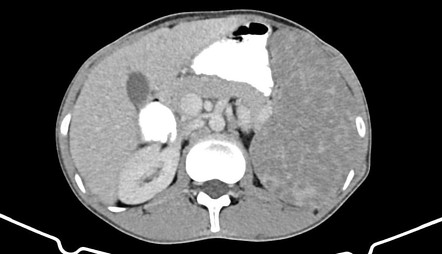


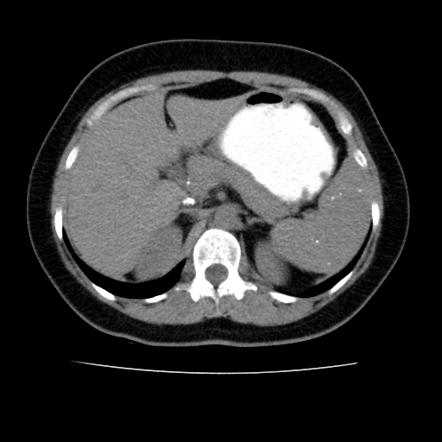

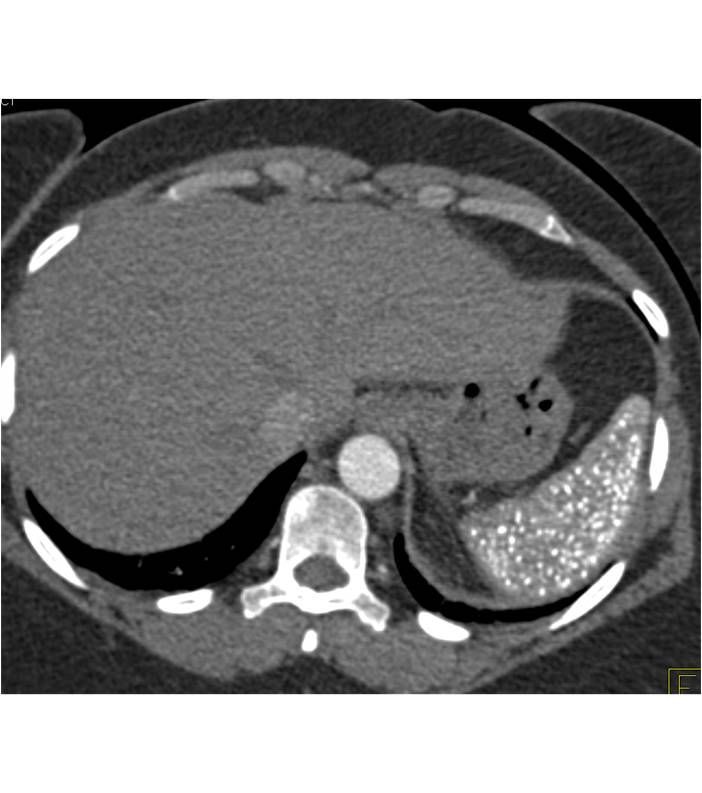
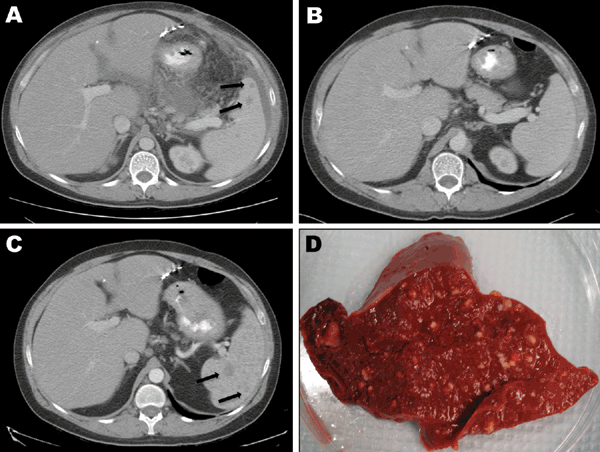
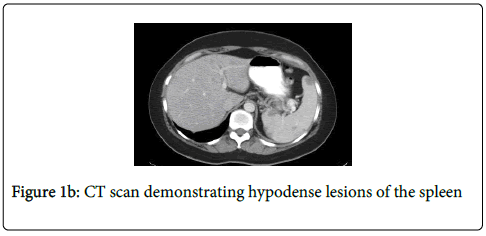








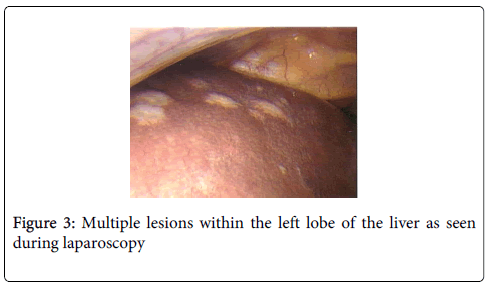

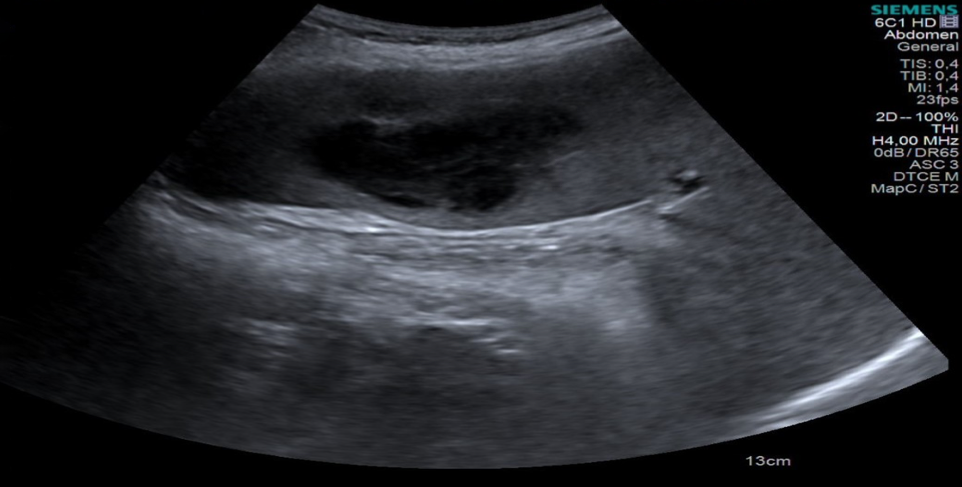
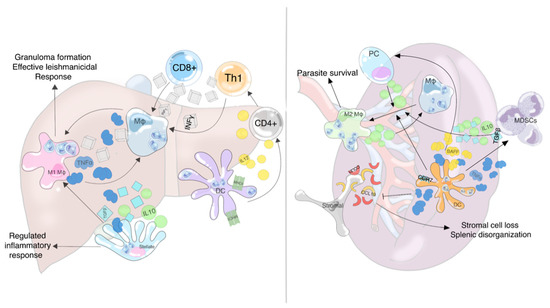







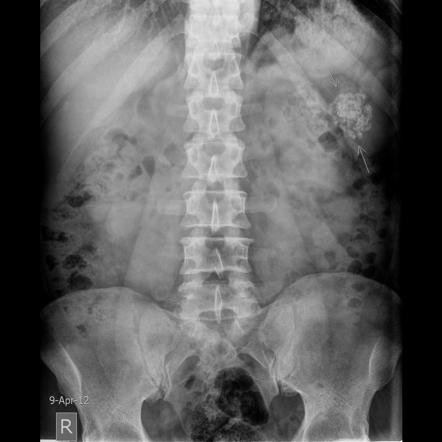

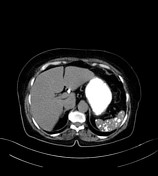







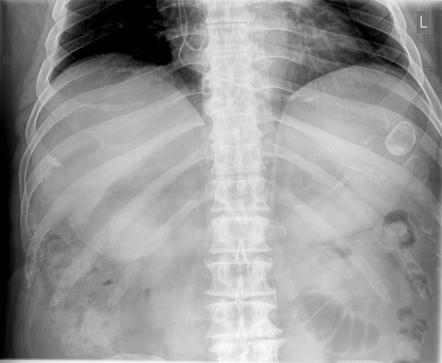
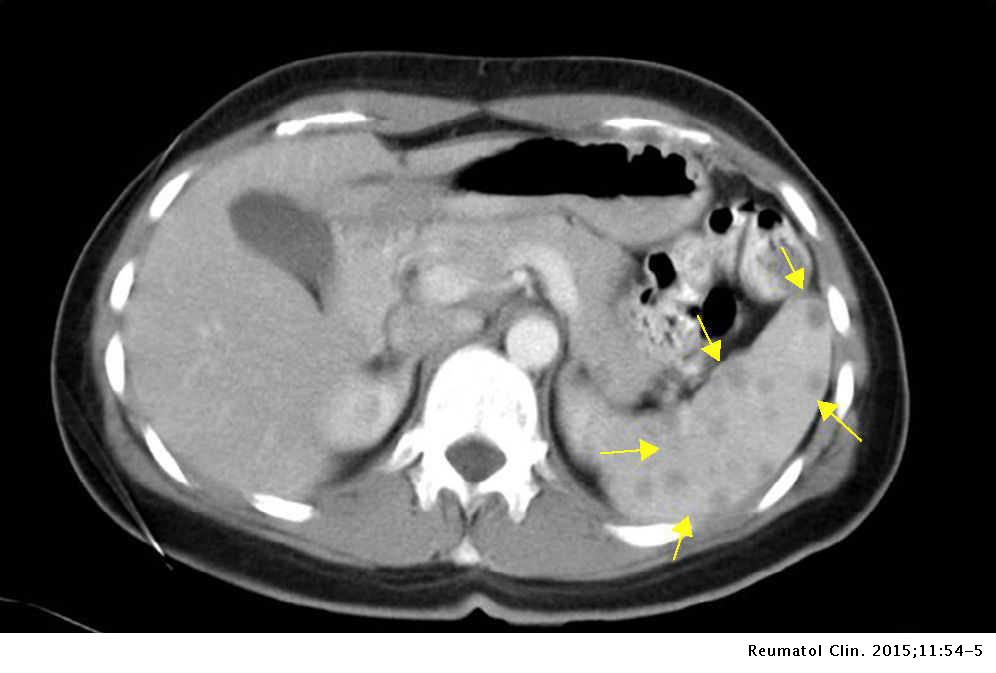
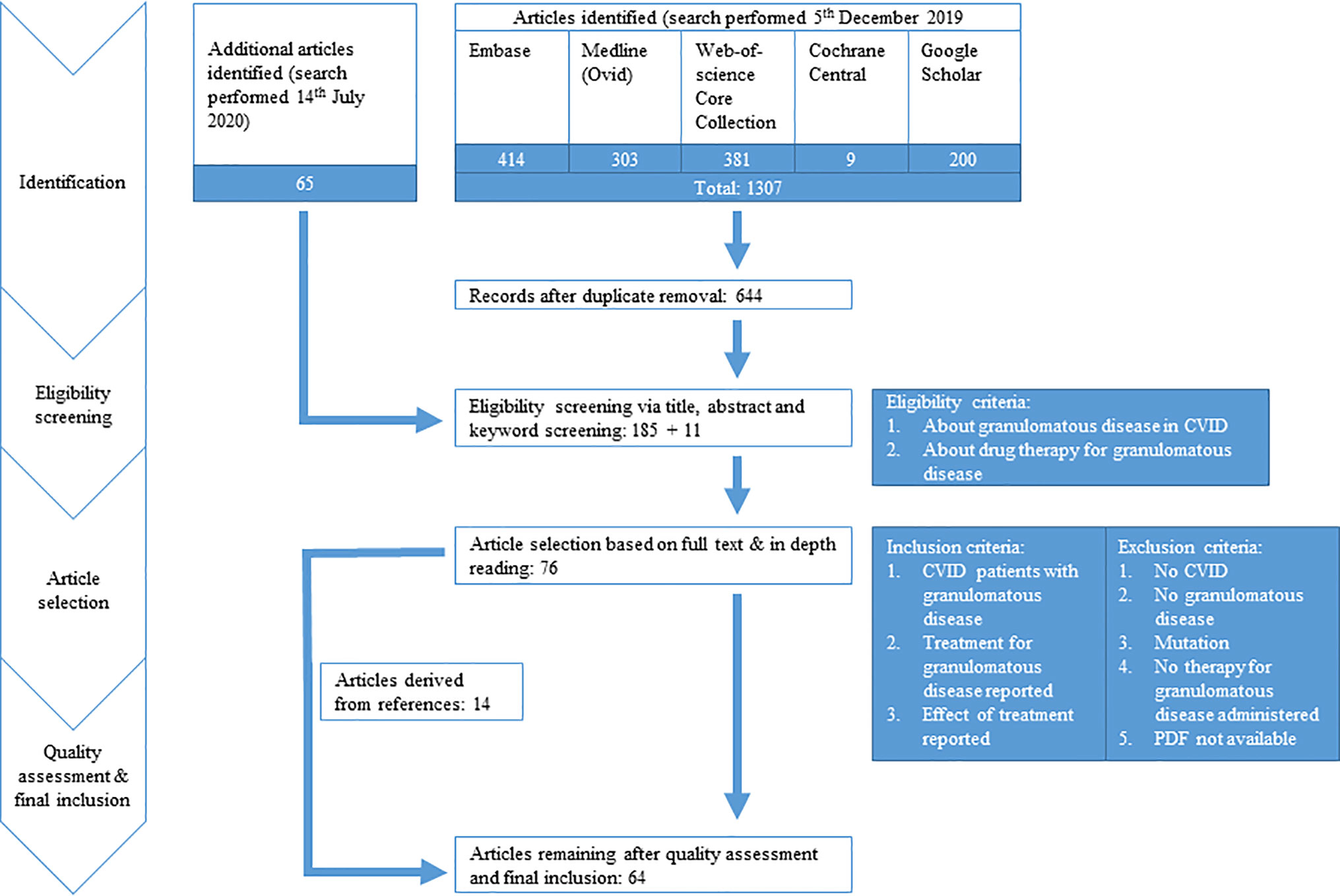
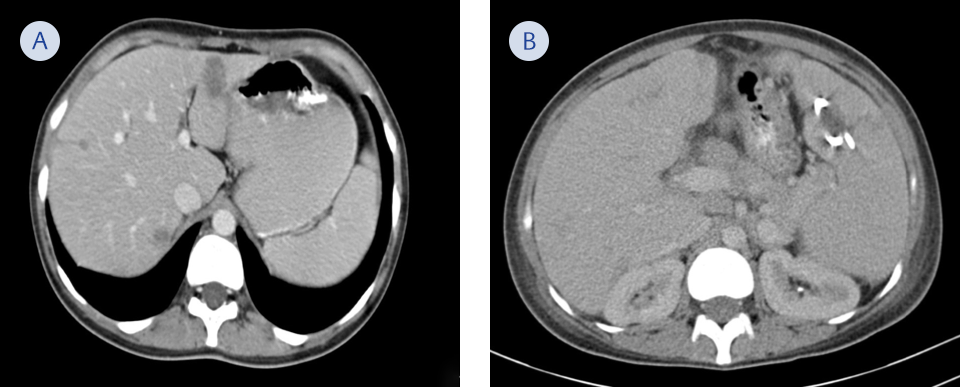
Post a Comment for "Old Granulomatous Disease Spleen"